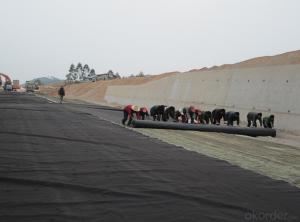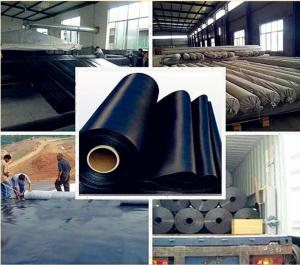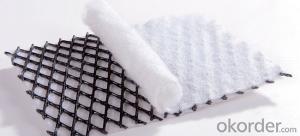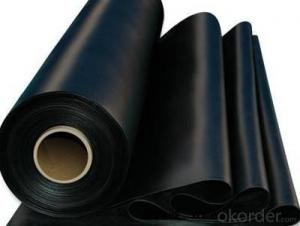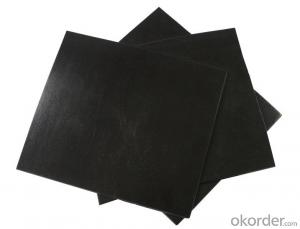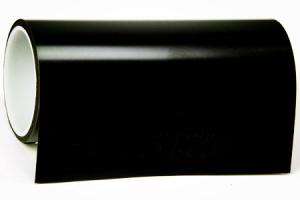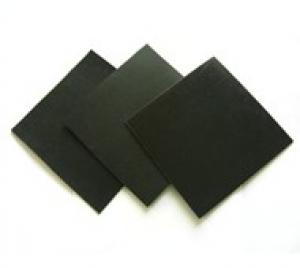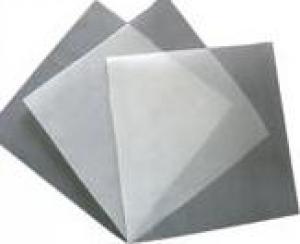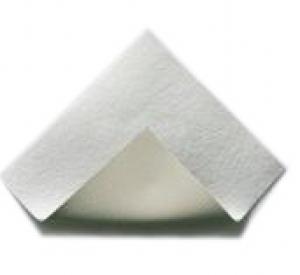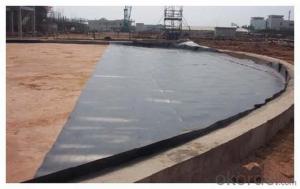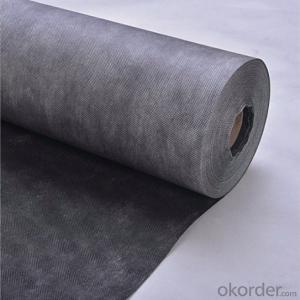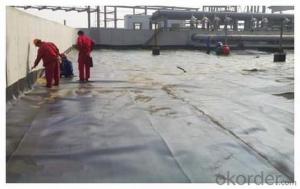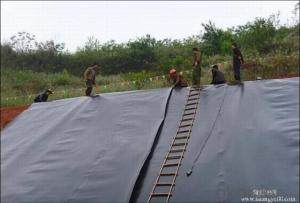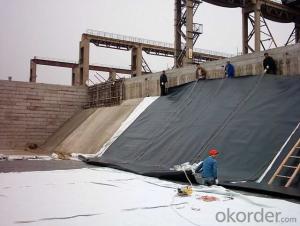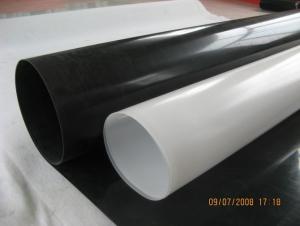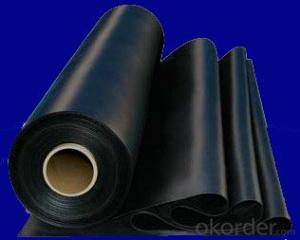1.0MM Hdpe Geomembrane for Landfill to Prevent the Waste Water
- Loading Port:
- Qingdao
- Payment Terms:
- TT OR LC
- Min Order Qty:
- 5000 m²
- Supply Capability:
- 500000 m²/month
OKorder Service Pledge
OKorder Financial Service
You Might Also Like
1.0MM Hdpe Geomembrane for Landfill Images
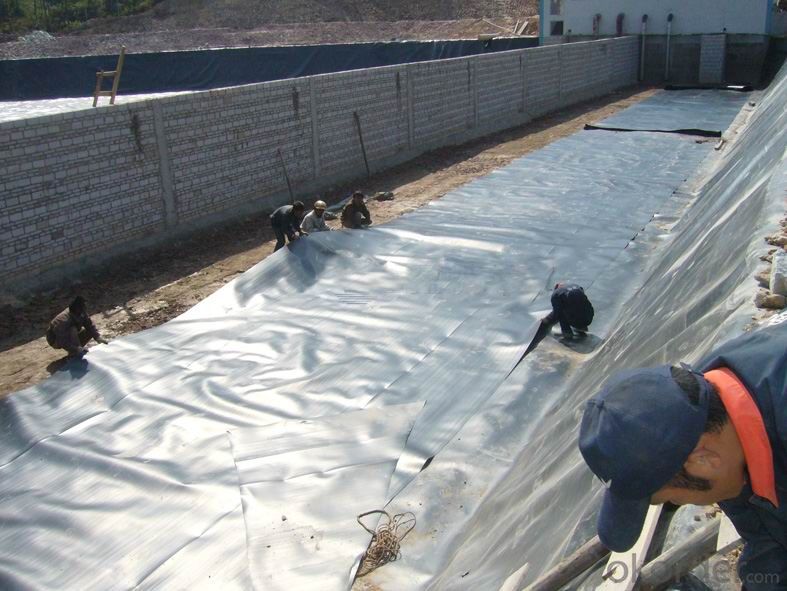

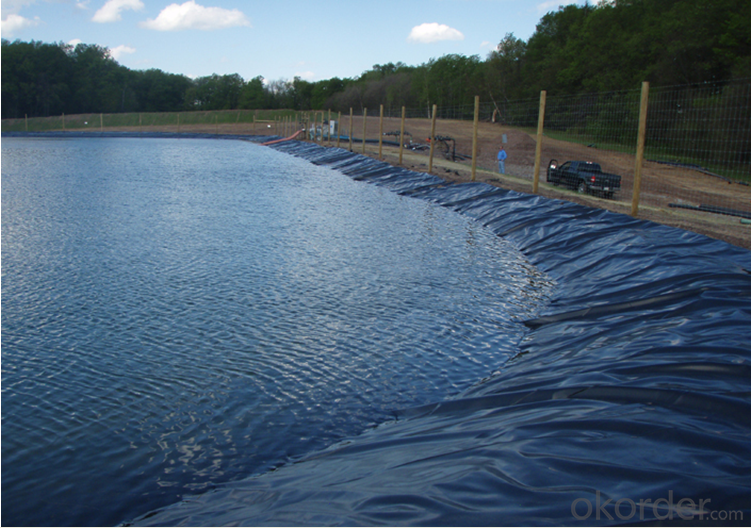
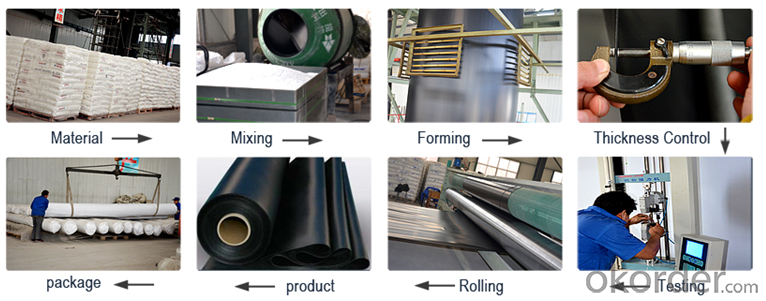
1.0MM Hdpe Geomembrane for Landfill Specification :
No. | Item | Value | ||||||
0.75mm | 1.00mm | 1.25mm | 1.50mm | 2.00mm | 2.50mm | 3.00mm | ||
1 | Density (g/cm3) | 0.939 | ||||||
2 | Yield strength (N/mm) | 11 | 15 | 18 | 22 | 29 | 37 | 44 |
Break strength (N/mm) | 20 | 27 | 33 | 40 | 53 | 67 | 80 | |
Yield elongation/% | 12 | |||||||
Break elongation/% | ≥450 | |||||||
3 | Tear resistance/N | 93 | 125 | 156 | 187 | 249 | 311 | 374 |
4 | Puncture resistance/N | 240 | 320 | 400 | 480 | 640 | 800 | 960 |
5 | Stress crack resistance/h | ≥1500 | ||||||
6 | Carbon black content/% | 2.0-3.0 | ||||||
Carbon black dispersion | Carbon black dispersion(only near spherical agglomerates) for 10 different views 9 in categories 1 or 2 and 1 in category 3 | |||||||
7 | Oxidative induction time/min | Standard OIT≥100 High pressure OIT≥400 | ||||||
8 | Oven aging at 85°C | |||||||
Standard OIT-% retained after 90days | 55 | |||||||
High pressure OIT-% retained after 90days | 80 | |||||||
9 | UV Resistance
| |||||||
Standard OIT retained after 1600hrs | 50 | |||||||
High pressure OIT retained after 1600hrs | 50 | |||||||
10 | -70°C Low temperature impact brittle property | Pass | ||||||
11 | Permeability g•cm(cm2)•pa | ≤1.0× | ||||||
12 | Dimensional stability/% | ±2 | ||||||
FAQ:
1. How about the delivery time?
Two weeks upon receipt of down payment.
2. What kind of payments do we accepted?
T/T, L/C, WesternUnion, MoneyGram.
3. What's are the MOQ?
Normally the MOQ is 5000 SQM in theory.
And we can provide you free samples for quality inspection.
4. Do you charge for the samples?
Accordeing to our company policy, the samples are freee, we only charge the freight fee. And we will return the freight fee in your second order.
5. Can you produce the product according to customers' requirements?
Sure, we are professional manufacturer, OEM and ODM are both welcome
- Q:Mechanism of geomembrane
- Increases the friction coefficient of contact surface. not only increases the tensile strength and puncture resistance of plastic film. Salt erosion. The main mechanism is to cut off earth leakage passage by using imperviousness of plastic film. used in the dark conditions:. // g, bearing hydraulic?pressure and adapting to dam deformation with its great tensile strength and elongation, not afraid of acid. baidu; and non-woven cloth is also a kind of high-molecule short fiber chemical material. At the same time, has long service life, through needle punching or hot sticking forming, in favor of the stability of composite geomembrane and protective layer, after being combined with plastic film, and because of rough surface non-woven fabric.baidu, alkali, they have good corrosion resistance to bacteria and chemical reaction, has high strength of extension and extensibility.
- Q:where can i buy cheap geomembrane?
- Currently. Currently, good frost resistance performance,plastic film applied for seepage-proof at home and abroad, two films a cloth is in favor of the stability of protective layer and composite geo-membrane; vinyl copolymer (EVA). Corrosion resistance; and non-woven staple fiber is macromolecule staple fibre chemical material, mainly including polyvinyl chloride (PVC), polyethylene (PE), it's produced by the manufacturer according to individual requirements, low temperature resistance, various product specifications, there are many domestic geomembrane production manufacturers, ethylene & # 47 through needle stick or hot sticking forming, which is flexible material polymer chemistry, and because the rough non-woven surface, two cloth one film. Meanwhile, the base, etc., has high tensile strength and elongation, smaller proportion, strong extension, not afraid of acid, high?adaptability?to the?deformation, it can be also requested by the user according to their actual situation, and it can not only increase plastic film tensile strength and puncture resistance. The main mechanism is cutting off earth leakage passage with the imperviousness of plastic film, they have good corrosion resistance for bacteria and chemical function and has good chemical resistance, its tensile strength and elongation can withstand water pressure and adapt to dam deformation ; after it is combined with plastic film, increasing the friction coefficient of the contact surface; m2, etc., salt erosion, a cloth membrane, two cloth membrane and two cloth more and more film. Models include 200g & # 47 geomembrane takes plastic film as seepage-proof substrate, its seepage-proof performance depends on seepage-proof properties of plastic film and soil engineering impermeable material composed by non-woven cloth.
- Q:What products are hdpe waterproof board and HDPE geomembrane?
- hdpe waterproof board and HDPE geomembrane are anti-seepage film of high density polyethylene.
- Q:HDPE construction process of HDPE geomembrane
- Clear substances that have hidden danger of puncture on bare base surface, completion and acceptance, etc. Acceptance of construction quality. ③Repair methods of damaged parts; welding form is double bead. 5. Recommendation 1, the maximum design water level. Ther is nooil pollution at joint. Planned duration is 3 days. Substances that can cause harm to anti-seepage film and constructors related to water proof materials. First, cut HDPE geomembrane into trumpet-shaped pipe sleeve according to the diameter of leachate in dam. 50×4m, do not wipe in hands. Bond is made up of asphalt latex paint, otherwise, set aside telescopic deformation caused by changes of temperature. ②Operating temperature of sweat soldering is 280 -300℃. ②Water resistance of bridge foundation. Weld after treatment. 4, Need latitudinal splicing so as not to damage the membrane surface. Dew: 5% to 8%.
- Q:What kind of membrane switch material is good?
- Most mask material of the membrane switch is of polyester material, mainly including polyvinyl chloride (PVC), polycarbonate (PC), and polyester (PET). These three kinds of material all have their own advantages and disadvantages, and you can choose from them according to your own needs. For instance: Its flex life, resistance to chemical corrosion, abrasion resistance, insulating property, window transparency, articulation, temperature class, and UV resistance can be used as reference data for selection. As to how to make a distinction between the plastic film and plastic sheet, there is a lack of uniform standard by now. It can be classified into film, sheet and plate according to the difference of thickness. As defined by the German standard DIN55405, the material with the thickness of less than 1.5mm is called membrane, while the material with the thickness of more than 1.5mm is called sheet. In our country, as a usual practice, the material with the thickness of 0.3mm or less than 0.3mm is called membrane, the material with the thickness of 0.3-0.7mm is called sheet, and the material with the thickness of more than 0.8mm is called plate. Since the general used thickness is limited in the nameplate production process, thin film and membrane are collectively called membrane.
- Q:Are geomembranes suitable for wastewater treatment?
- Yes, geomembranes are suitable for wastewater treatment. They are commonly used in various treatment processes such as wastewater containment, lining, and capping systems. Geomembranes provide an effective barrier that prevents leakage, seepage, and contamination, ensuring the safe containment and management of wastewater.
- Q:What are the potential drawbacks of using geomembranes?
- Some potential drawbacks of using geomembranes include the high initial installation cost, the need for proper maintenance and inspection to ensure their effectiveness, and the risk of punctures or damage during installation or use. Additionally, geomembranes may not be suitable for certain applications or environments, and their long-term durability and performance can vary depending on factors such as material quality and exposure to UV radiation.
- Q:What is advantage of the water proof method of electric heating film?
- Electrothermal?film have the advantages of all electric heating, but it also have a olt of limits A comparison between heating cable and electric heating film. First, not safe enough, and second, there is no ground connection. Third, it gives out electromagnetic radiation. Fourth, the power will decay. Fifth, not energy saving. Sixth, the electrothermal film's heating effect is the same with that of all the warm effect, including warm water, carbon fiber electric heating, heating cable electric heating, the carbon crystal electric heating, as long as it is floor heating, they are all equally good.
- Q:Can geomembranes be used for decorative swimming pools?
- Yes, geomembranes can be used for decorative swimming pools. Geomembranes are typically used as a lining material to prevent water leakage in various applications, including swimming pools. They offer durability, versatility, and can be customized to create visually appealing designs for decorative pools.
- Q:Are geomembranes resistant to erosion by waves and currents?
- Yes, geomembranes are designed to be resistant to erosion caused by waves and currents. They are typically made from durable materials such as high-density polyethylene (HDPE) or polyvinyl chloride (PVC) that can withstand the forces exerted by water movement. Additionally, geomembranes can be reinforced with geotextiles or other materials to enhance their resistance to erosion and provide long-term stability in coastal or marine environments.
1. Manufacturer Overview |
|
|---|---|
| Location | |
| Year Established | |
| Annual Output Value | |
| Main Markets | |
| Company Certifications | |
2. Manufacturer Certificates |
|
|---|---|
| a) Certification Name | |
| Range | |
| Reference | |
| Validity Period | |
3. Manufacturer Capability |
|
|---|---|
| a)Trade Capacity | |
| Nearest Port | |
| Export Percentage | |
| No.of Employees in Trade Department | |
| Language Spoken: | |
| b)Factory Information | |
| Factory Size: | |
| No. of Production Lines | |
| Contract Manufacturing | |
| Product Price Range | |
Send your message to us
1.0MM Hdpe Geomembrane for Landfill to Prevent the Waste Water
- Loading Port:
- Qingdao
- Payment Terms:
- TT OR LC
- Min Order Qty:
- 5000 m²
- Supply Capability:
- 500000 m²/month
OKorder Service Pledge
OKorder Financial Service
Similar products
New products
Hot products
Hot Searches
Related keywords
